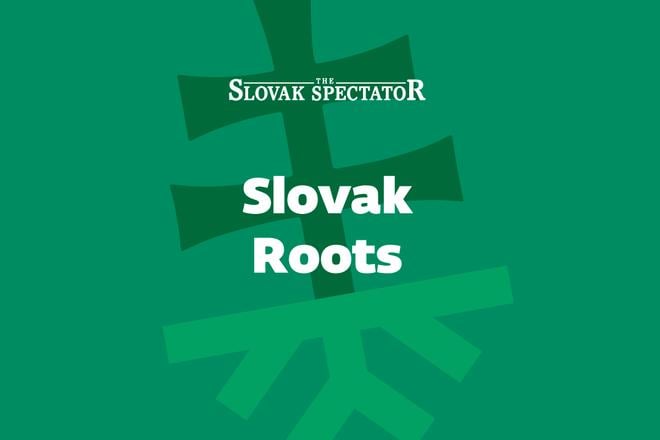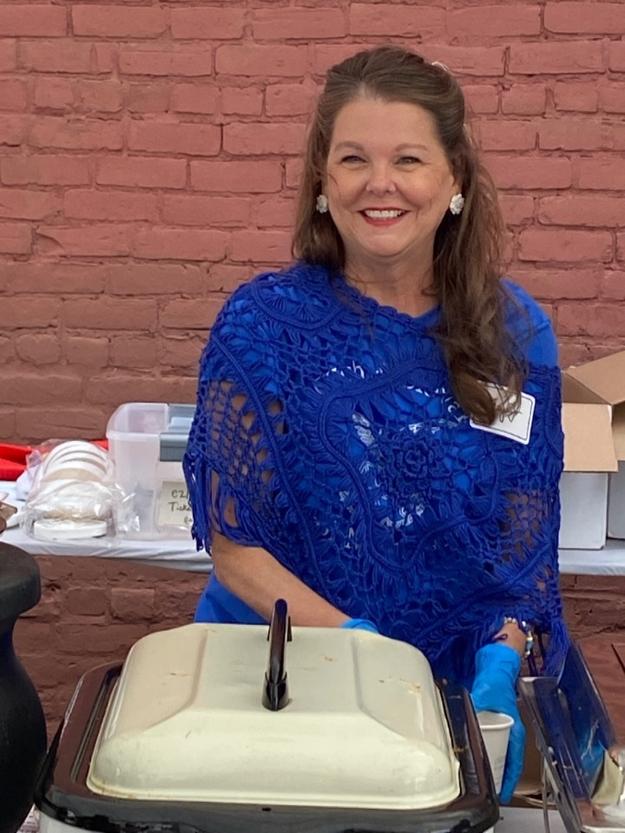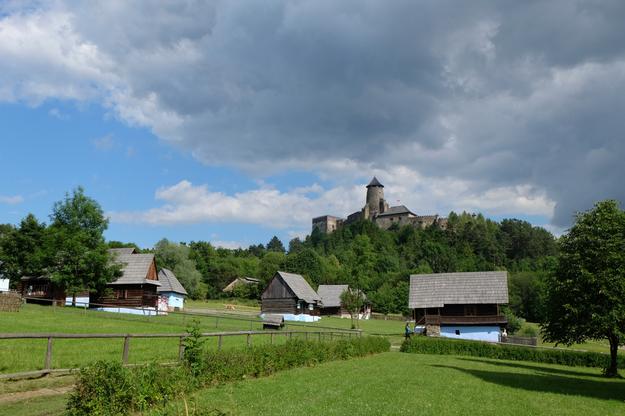Welcome back Slovak Roots fans!
This is the latest edition of our Slovak Roots newsletter, dedicated to the community of people with ties to Slovakia.
In this instalment, you'll meet with MaryJo Kacvinsky who just recently received confirmation that her Slovak citizenship has been approved. She is a third generation Slovak by descent and could not be happier about it.
You can also look forward to exploring the town of Stará Ľubovňa with a castle perched right above it in northeastern Slovakia. And last but not least, we'll reminisce about the first NHL player with Slovak roots, legendary Stan Mikita.
Honouring ancestors
Last time in our continuing series of interviews with descendants of Slovak emigrants, we talked to Myra Grignon, a third generation Slovak by descent. This time we talked to MaryJo Kacvinsky, whom she briefly mentioned. Friends from childhood, they share an interesting history. Before emigrating, their families were neighbours in Slovakia; in a turn of events, upon emigrating, they found themselves neighbours once again.
Just a few days before MaryJo Kacvinsky talked to The Slovak Spectator, she received confirmation that her Deed of Slovak Citizenship had been approved.
"It is incredibly exciting to have been granted Slovak citizenship. I feel blessed, honoured and humbled. I feel as if I'm honouring my dad, my grandparents and all of my ancestors that left Slovakia with so little, to hope for and dream of a better life. I can not imagine having the wherewithal and faith to embark on the journey they undertook," she said.
Find out more here about how she found herself pursuing the Slovak citizenship.
Discover Stará Ľubovňa
Our colleague Jozef Ryník once again travelled to eastern Slovakia, this time to Stará Ľubovňa, a town near the Slovak-Polish border, and its surrounding area.
Once home to a large German community that thrived there, but has largely dissipated, the region was also under Polish protection for 360 years. Nevertheless, the character of individual towns still bear the mark of historic trade centres.
Ryník met with brothers Ľuboš and Rastislav Regec, who made a name for themselves cultivating their own cabbage and potatoes, as well as selling specialty dairy products. For example, their yogurts ferment in the bottle for up to 14 days, resulting in a distinctive tanginess. Recently, their enterprise has gained a reputation for its special cheeses, which have become a local favourite
Although a beautiful castle is perched above the town and attracts a lot of Polish visitors, the local tourism finds itself in a tough spot as both the train and bus stations in Stará Ľubovňa are in a bad shape, discouraging visitors.
Nevertheless, the area still provide ample opportunities for tourism, as you will find out in Ryník's travel tips. In addition to the castle, there are three spas near Stará Ľubovňa. The nearby picturesque Dunajec River offers a memorable rafting experience in the mountains, and cycle paths in Červený Kláštor warrant exploration.
An NHL legend with Slovak roots
If you were to ask an NHL fan to name a Slovak player, maybe they would mention Marián Hossa, Zdeno Chára or, more recently, Juraj Slafkovský. But they were all preceded by Stan Mikita, who emigrated to Canada in 1948 and in the 1960s made a lasting impact on the Chicago Blackhawks franchise.
Although at first one of the most penalised players, he went on to win two consecutive Lady Byng Trophies for the best sportsmanship. He was instrumental in spreading the practice of wielding hockey sticks with curved blades, a "twist" that made him a feared forward and one of the top scorers along with now legendary teammate Bobby Hull.
He was the first player from Europe to score over 1,000 points; he is the only player to win trophies for the most points, for the most valuable player, and for sportsmanship in a single season - a feat he achieved two times in a row.
Learn more about how the fact that he found the courage to play with boys without knowing a single English word changed his life.
A selection of feature stories published by The Slovak Spectator that we recommend reading:
Sarah Hinlicky Wilson is the third or fourth generation (depending on how you count) to be born in the U.S., but still has a sense of Slovak identity. As a result, she was very excited to move to Slovakia, thinking it would be a homecoming. However, the experience taught her that she's much more American than Slovak.
One of Bratislava's most iconic street figures - Čumil, better known as the Watcher, who wears a perpetual smile - has recently become the unwitting protagonist of a viral fiction story, the latest in a long slew of online myths.
My art isn't intended to be political, but it's becoming increasingly difficult to avoid making political statements, says the creator of a popular lizard and the "A ty chuje" phrase seen on walls in the capital.
For many foreigners, some Slovak dishes such as kapustnica and bryndzové halušky are an acquired taste. Not for this young British woman, who says that Slovak food has changed her life.
Some time ago pottery shards were found near a village in southwestern Slovakia, but were shelved. Recently, an international team has had a chance to have a look at them and found out that, much to their surprise, they were made by hunters and gatherers, not by settled farmers.
The National Czech & Slovak Museum & Library in the U.S. state of Iowa has recently unveiled a new €1.5 million Orloj astronomical clock tower that depicts the Slovak and Czech emigration story.
Dusan Stevlik grew up in Germany after his parents fled communism. Inspired by his grandfather's career as a smuggler and slivovica salesman, he began selling Jozsef Stevlik Kosher Slivovitz, a plum brandy. The drink has won several silver medals at drink competitions.
Would you like to share your story with us? Did you enjoy the newsletter? I would love to hear your thoughts, questions and feedback: matus.beno@spectator.sk or spectator@spectator.sk.





